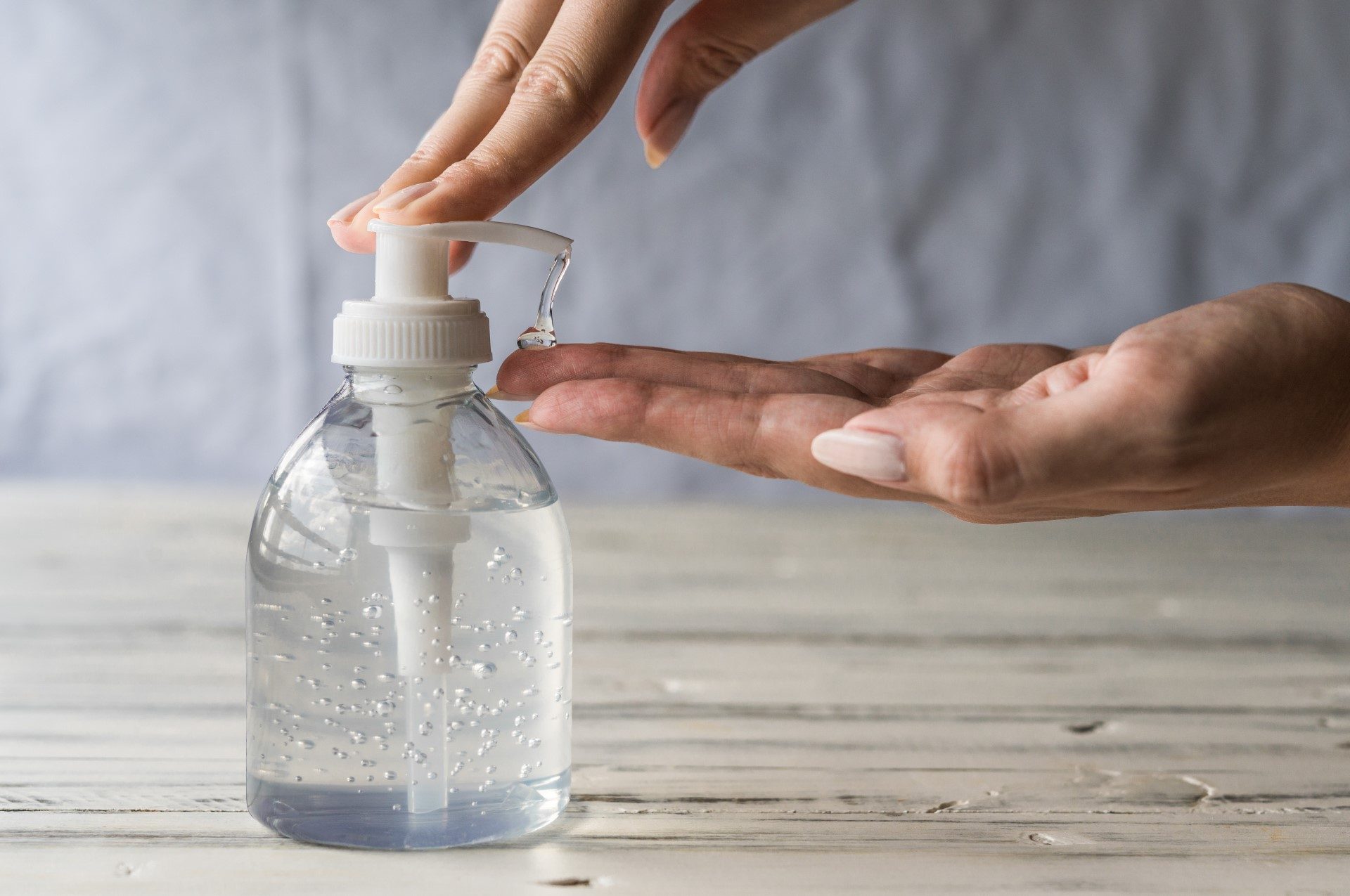Our dedication lies not just in treating symptoms but in addressing the root causes, offering a holistic approach that integrates the best of therapeutic practices with the warmth of community support.
Understanding Hand Sanitizer Addiction

Hand sanitizer addiction may seem ridiculous to the uninitiated, but it is a real problem that has emerged during the pandemic years and is affecting both people in recovery as well as those who have no prior history of addiction.
Alcohol Addiction Statistics 2020 and Usage
Alcoholism and alcohol use disorder, according to the 2019 NSDUH, found that 85.6 percent of people 18 and up reported alcohol use in their lifetime. 69.5% had drunk in the past year and 54.9% had drunk in the past month. Going into 2020, many reputable sources such as Harvard or this widely cited study by Grossman, et al., found that alcohol consumption during the pandemic increased in many US adults. A more recent study performed by the RAND Corporation American Life Panel compiled data that alcohol consumption in adults over 30 increased by 14% during the pandemic and a whopping 41% increase in women heavily drinking. Contrast this data with Nielsen’s reported 54% increase in national alcohol sales for the weekend of March 21, 2020 and an overall increase in online alcohol sales by 262% as compared to 2019.
What does this tell us? Alcohol use—whether in the realm of abuse or moderation, is incredibly prevalent in the United States, and even more so in a post-pandemic world. With high general use, it can be reasoned that the rates of abuse are high as well, which the data reflects. Many people have problematic drinking patterns without ever considering themselves to be “alcoholics” or “addicts”. Yet, their drinking tends to impact their lives negatively in ways they choose not to address or accept.
Our addiction specialists at Encore Outpatient Services expertly navigate this line with our patients to address problematic drinking behaviors whether they are deep within the territory of abuse or are subtle, but harmful nonetheless. It is a myth that addiction only affects “addicts”. Many people have addictive tendencies and if there was ever a time that notion has been validated, it is during the pandemic which has made tremendous national and global impacts on drug and alcohol consumption.
Hand Sanitizer Addiction and Alcohol Addiction Physiology
Just as our post about accidentally using DXM while in recovery highlighted how an everyday household product could pose a threat to recovery for at risk individuals, so too does hand sanitizer. Hand sanitizer became a must-have item during the incipient days of the pandemic and has continued to be valued as a base protection against germs overall. It has also become an avenue for abuse for people in recovery
Even prior to the pandemic, hand sanitizer addiction and usage had become a concern among teens, with Teen Vogue even going so far as to cover it in 2017. Other populations that have limited access to alcohol, such as office workers, prisoners, and those who are in strict inpatient rehab can be at risk. It may not seem likely these populations would drink hand sanitizer, but given its discreet nature it can be consumed and kept much more covertly than mini bottles of liquor or beer due to its innocuous nature.
Because alcohol usage is so prevalent, it is not stigmatized as much as other substances that are used recreationally. Much of this has to do with its legality. The result of this mentality is that many people do not realize just how dangerous alcohol can be, especially in the case of physical withdrawal.
The body’s dependence on alcohol can become so powerful that the withdrawals alone can cause hallucinations or even death. The urge to avoid withdrawal from alcohol is strong enough that many would easily make the choice to drink hand sanitizer or even suck on isopropyl swabs rather than confront it.
The Health Risks of Hand Sanitizer Addiction
The alcohol content in hand sanitizers is typically at least 60%, which is notably higher than other spirits that are considered to be fairly potent, such as vodka, at 40%. This means that individuals who drink hand sanitizer can achieve intoxication very quickly. The faster the rate of alcohol consumption for a person, the greater their risk and liver burden is to metabolize it.
This means that in theory, hand sanitizer consumption is even more dangerous from a pure alcohol intake perspective than consuming regular alcoholic beverages. This is especially true when considering that hand sanitizer isn’t just ethyl alcohol in a container. It also frequently contains other chemicals that can cause great physical harm or death upon consumption.
The type of alcohol used (ethanol vs isopropyl) matters as well. While neither form should be consumed in the form of hand sanitizer, isopropyl alcohol is much more damaging to the body to consume and can cause excessive damage to the nervous system, blindness, difficulty breathing, and death. This is especially true of sanitizers that contain methanol.
Hand Sanitizer Addiction and Relapse Triggers
In summary, we’ve covered how:
- Alcohol is a common and highly prevalent substance consumed in the US
- Alcohol sales and alcohol consumption increased greatly during the pandemic
- Using hand sanitizer as a means of accessing alcohol is on the rise
Drinking hand sanitizer is incredibly damaging to the body, but people may use it when they are desperate, and don’t have access to regular alcohol.
The last but perhaps most important point regarding hand sanitizer addiction is the sensory risk that hand sanitizers may present to those in recovery.
Considering that hand sanitizers contain a large amount of alcohol, the usage of them can stimulate cravings in someone who is a recovering alcoholic. The strong smell of alcohol on the hands is immediately noticeable when using the product. If you’ve ever used hand sanitizer in a car, you’ll have noticed how much the smell quickly spreads all around the cabin. In short, it is an inescapable element of using these products which were not only stressed during the pandemic but also now easily available at nearly every establishment.
Many people who drink can attest that the first sip of alcohol is enough to induce a pleasurable sensation and the science backs it up, indicating that even just a sip or two of beer can begin a cascade of dopamine flooding the brain.
Accessibility is a key element of addiction. When someone is newly in recovery, it is very important that they avoid relapse triggers until they can solidify the habits and mindsets that will allow them to sustain their recovery. Constantly being confronted with the strong smell of alcohol via hand sanitizer can be a driving factor in relapse.
However, many people in recovery do use hand sanitizer products without concern. Having the support of a group and the knowledge gained from attending an IOP, PHP, or GOP from an addiction treatment center such as Encore Outpatient Services can truly make a difference.
Contact Encore Outpatient Services today for more information on our admissions process and our programs.
Let Us Support You On Your Recovery Journey!
Copyright 2025 Encore Outpatient Services | All Rights Reserved



